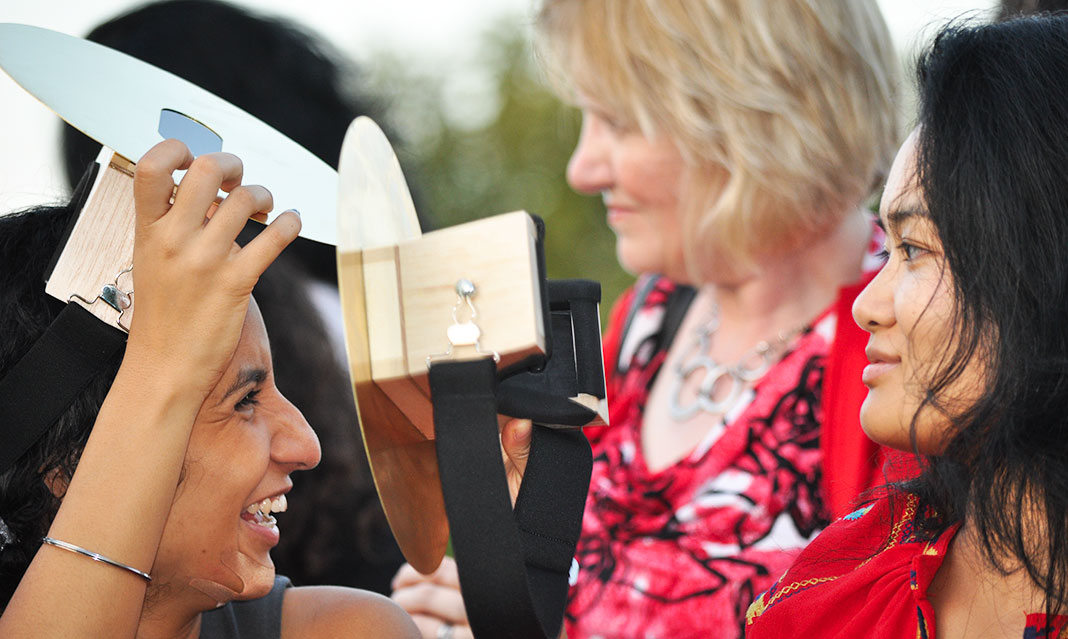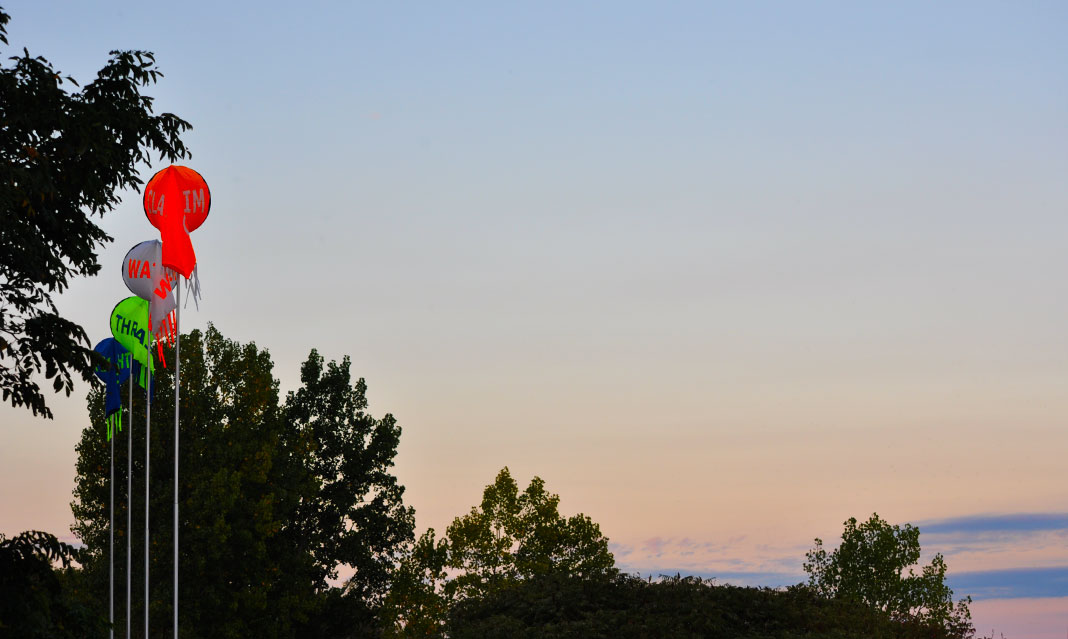The Work of Wind: Air, Land, Sea aims to show detrimental effects on our environment through thirteen contemporary art installations, which will be spread across the Industrial Southdown Area from September 14-23. The director and art curator of the exhibition, Christine Shaw, has worked closely with the University of Toronto to organize and execute the event, which is exclusive to Mississauga. As a volunteer, I was able to witness The Work of Wind along a 1.5km stretch of land, which was home to an oil and lubricants refinery, a carbon dioxide production facility, and the Clarkson Wastewater Treatment Plant.
For 10 days, the Clarkson Wastewater Treatment Plant served as the location for the project “Spring Bloom in the Marginal Ice Zone: From the Barents Sea to Lake Ontario,” for which artist Jana Winderen captured the sound of the Barents Sea during Spring Bloom. Sounds of melting ice and cries from bearded seals and other sea mammals could be heard when standing close to the project. If you close your eyes, you can almost imagine being in the middle of the Barents Sea; ice drifting and melting on the left, a bearded seal calling its mate on the right. Oftentimes, it is easy to dismiss the melting ice and distressed sea mammals—which we know are results of climate change—simply because we cannot see them. “Spring Bloom in the Marginal Ice Zone: From the Barents Seas to Lake Ontario,” however, forces us to become environmentally aware, by bringing the dying ecosystem to life through an auditory experience.
The Work of Wind: Air, Land, Sea has commissioned these interactive art pieces to encourage visitors to discover an environmental awareness outside of a political setting. “Spring Bloom in the Marginal Ice Zone: From the Barents Seas to Lake Ontario,” along with the 12 other exhibits I have visited, became a reason for why I should walk 5 minutes out of my way to find a recycling bin. Issues of sustainability, climate, and resilience sound unimportant in comparison to that midterm worth 35 per cent of your grade, that oftentimes, it becomes background noise in the everyday bustle of our lives. However, it is important to occasionally sit back and consider the big picture. That is the beauty of The Work of Wind: Air, Land, Sea; it takes environmental concerns and gives them an outlet in contemporary art. The big picture is now a tangible thing, as proven by the art commissioned for the exhibit.










